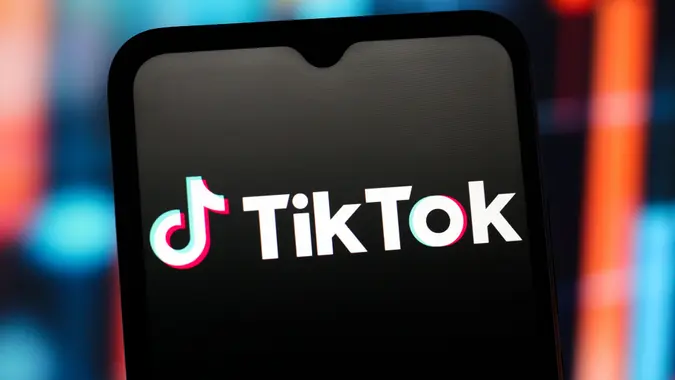Should You Take Out a $100,000 Personal Loan? What To Consider Before Borrowing a 6-Figure Sum

Commitment to Our Readers
GOBankingRates' editorial team is committed to bringing you unbiased reviews and information. We use data-driven methodologies to evaluate financial products and services - our reviews and ratings are not influenced by advertisers. You can read more about our editorial guidelines and our products and services review methodology.

20 Years
Helping You Live Richer

Reviewed
by Experts

Trusted by
Millions of Readers
Americans are relying on personal loans more than ever. LendingTree reported that as of 2023, 23.2 million Americans owe a collective $241 billion in personal loans. This is up from the $117 billion owed in 2017. Like many Americans, you might find yourself in need of capital — perhaps a 6-figure sum.
Before you attempt borrowing $100,000 via a personal loan, it’s important to understand how you can qualify, as well as the steps and procedures to secure the loan.
How To Qualify for a $100,000 Personal Loan
Generally speaking, you’ll need to have an exemplary credit profile and ultimately pose a low risk to the lender. Qualified applicants should have a FICO score of at least 720 to qualify for a loan of this size. However, if your score is 750 or above, you’ll likely get offered a better interest rate. Stable employment and your income level are also taken into consideration in the loan qualification process.
Steps To Getting a 6-Figure Loan
Here are five steps to securing a 6 figure loan, according to Forbes:
- Check Your Credit Score: As mentioned, a credit score of at least 720 is advisable to be approved for a 6-figure personal loan. Be sure to monitor your credit score and activity closely in advance of applying for a loan of this size.
- Collect The Required Identification Documents: To save time when applying, you’ll need the following identity documents ready to present:
- Proof of Identity: This can include a driver’s license, passport, or birth certificate.
- Employer and Income Verification: This can include paystubs, tax returns, and W-2s.
- Proof of Address: This can be proven via a utility bill, proof of insurance, a lease or rental agreement, or a voter registration card.
- Compare Interest Rates and Lenders: Many financial institutions offer personal loans of up to $50,000, but not all lenders will offer $100,000 loans. You’ll need to find a lender that is likely to approve you based on your credit profile and that offers larger personal loans. Some lenders allow you to do a prequalification process, which will show you available loan terms and interest rates without a hard credit check that negatively impacts your credit score.
- Apply In-Person Or Online: After you’ve found a lender that offers larger loans, you might be able to apply online which is typically a streamlined process. However, more traditional brick-and-mortar banks may still require an in-person application at a branch location near you.
- Pay Back Your Loan: Now that you’ve successfully secured your loan, be sure to make on-time payments in full each month. Late or missed payments will not only adversely affect your credit score but also drive you further into debt.
 Written by
Written by  Edited by
Edited by 





















